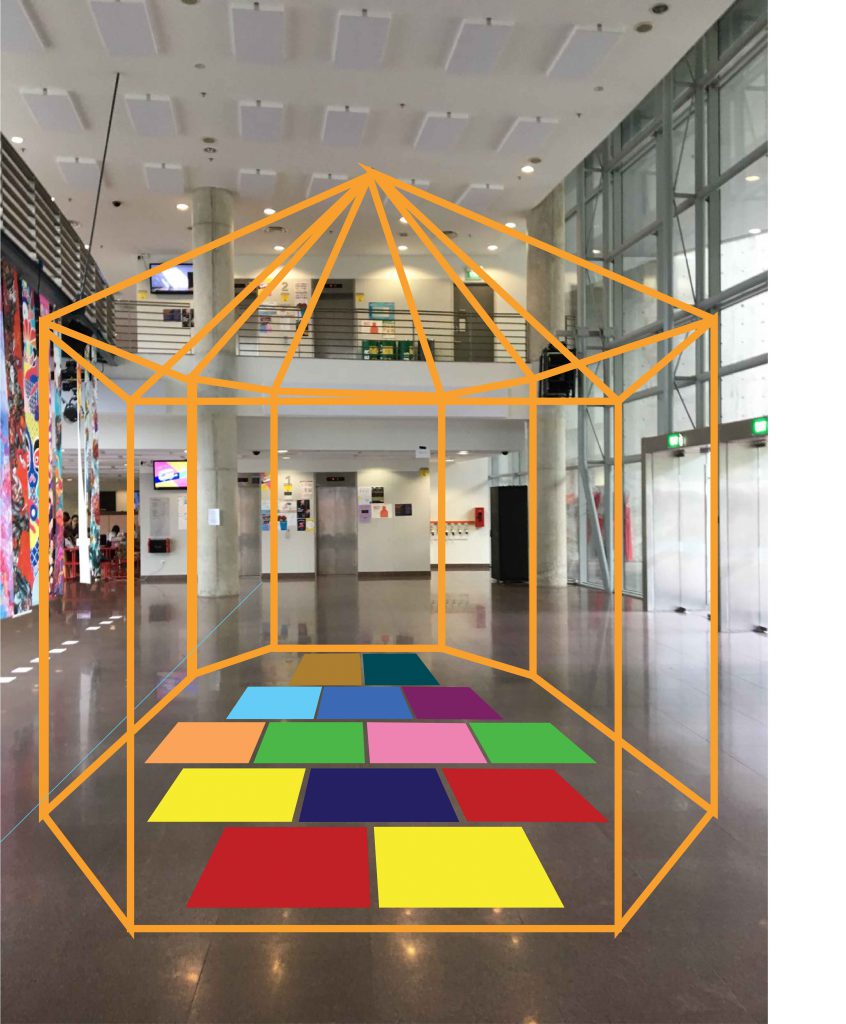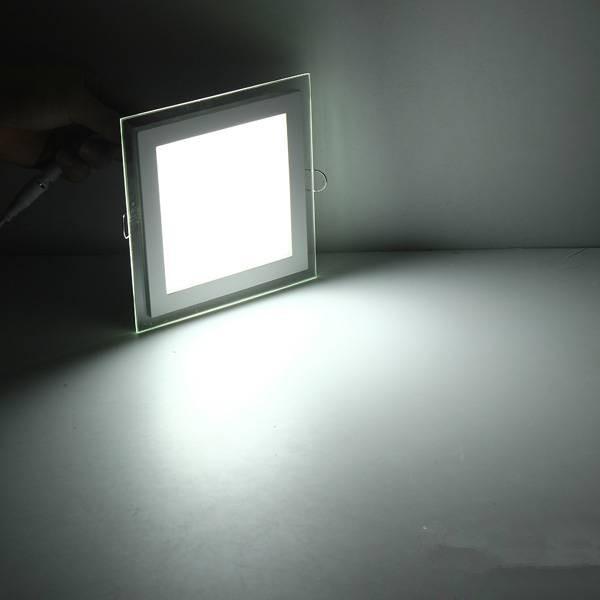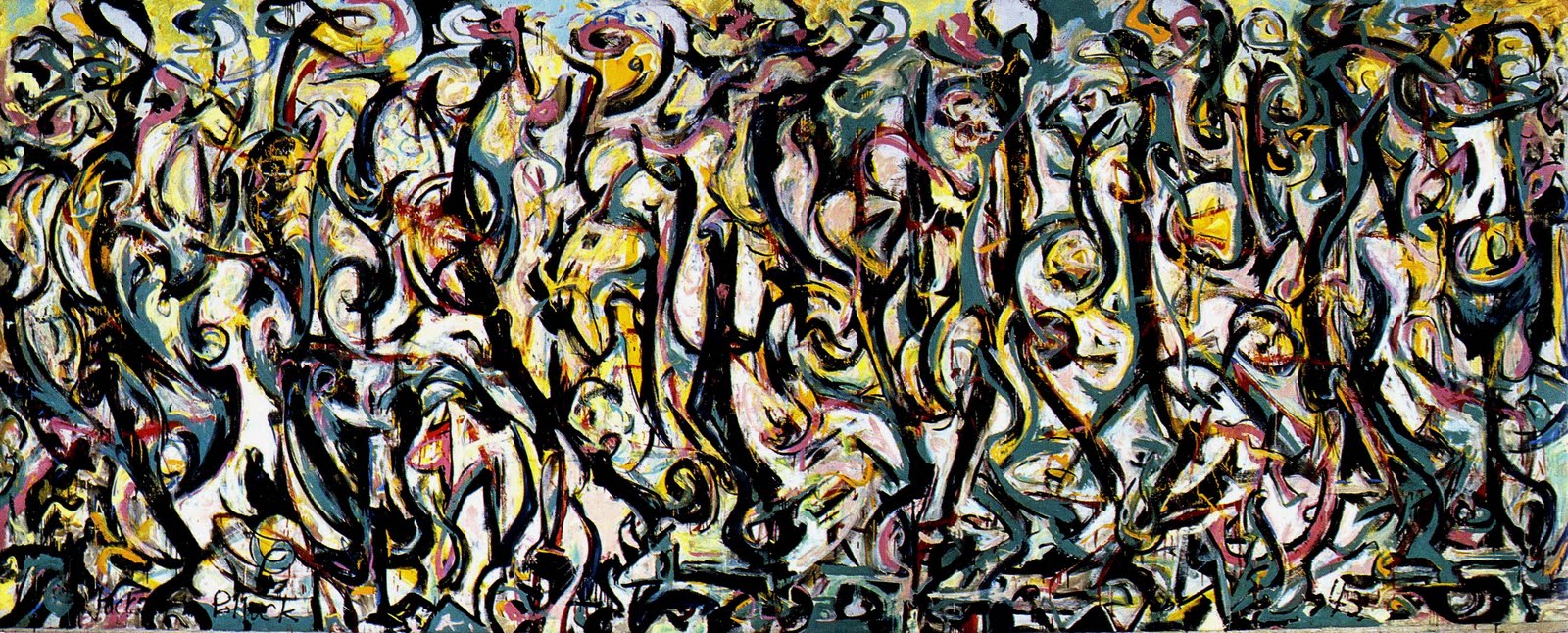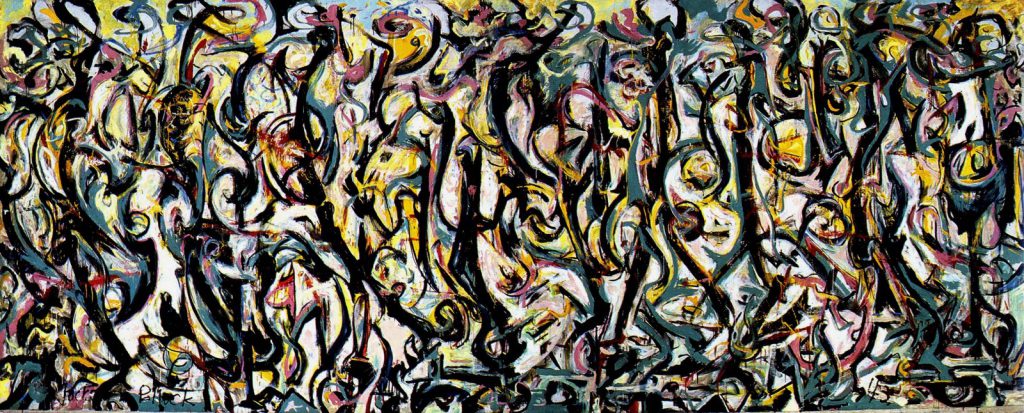The severity of the issue
Singapore saw 170 new cases of anorexia in 2016, up 4 times from 2003. Average of about 10% increase in cases each year.
Factors include online fads such as A4 waist challenge (women waist A4 size) and the thigh gap craze.
The three most common eating disorders doctors see are anorexia nervosa, bulimia nervosa and binge eating disorder. People suffering from anorexia starve themselves as they are intensely fearful of becoming fat, while those with bulimia binge eat before purging what they have eaten through self-induced vomiting or laxatives.
Doctors say those suffering from anorexia have the highest mortality rate among all psychiatric conditions. They could be so malnourished that their hearts may stop suddenly or their kidneys could fail. Or they could be so depressed, they could take their own lives.
Worldwide, studies have found that between 5 per cent and 20 per cent of those with anorexia that is not treated may die, Dr Gudi said.
Sensitivity and confidentiality about this topic. Capstone project from NUS CAPT aimed at helping people w EDs had this issue.
Awareness and understanding is the first step to helping people with EDs, hence our project.
Our Project
Since the problem with the eating disorders stem from social pressure, our group decided to tackle it from the social standpoint, which is to raise awareness and allow for more people to be more conscious of what they say or do which may involuntarily promote eating unhealthily less. We attempt to do this through allowing for the audience of our project to have a visual and audio interaction with what we perceive to be thoughts in the mind of a person with an eating disorder.







